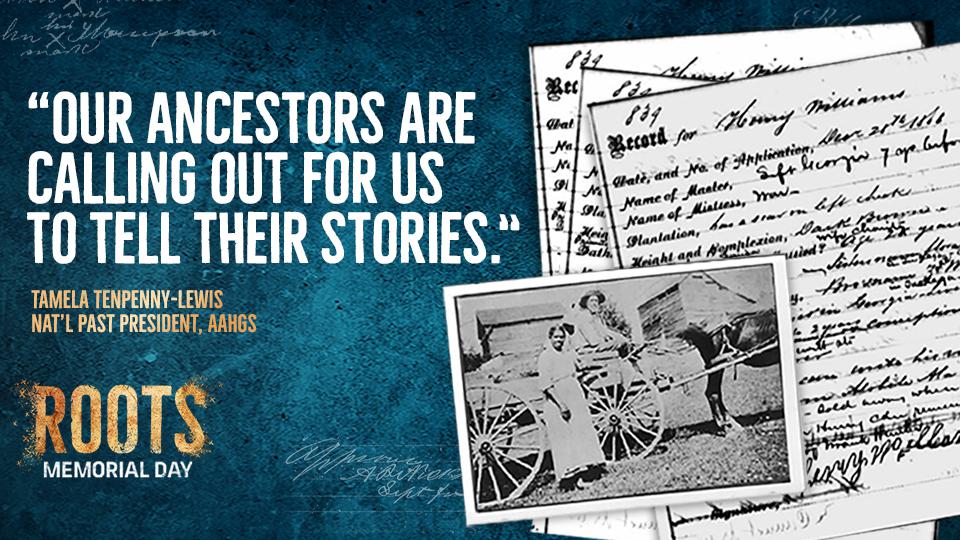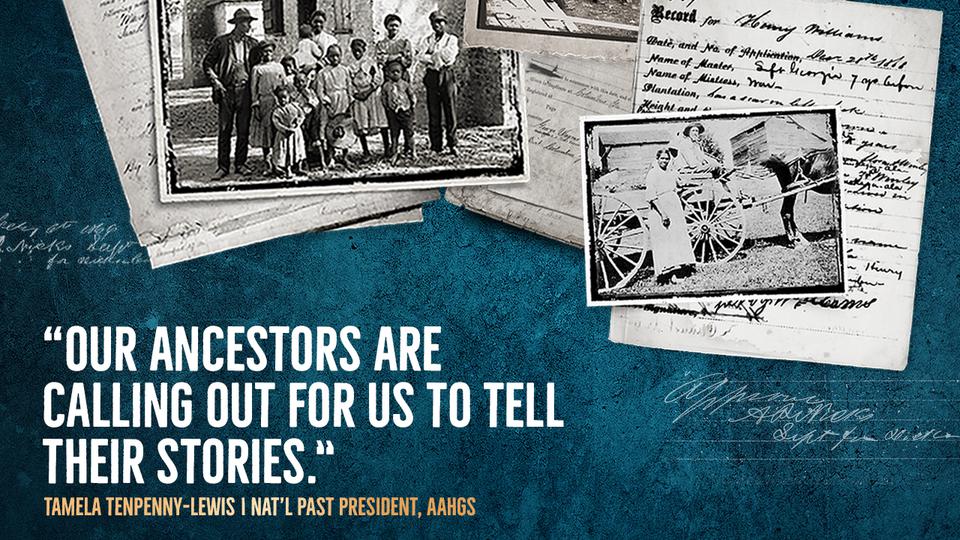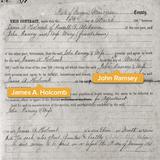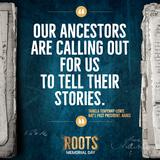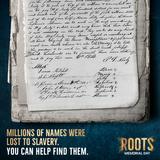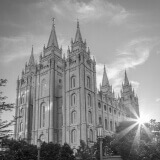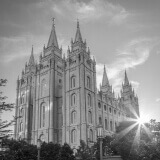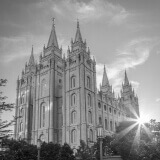FamilySearch International, sponsored by The Church of Jesus Christ of Latter-day Saints, is partnering with HISTORY® to give its Freedmen’s Bureau Project a final push. A social media campaign has been launched to coincide with the premiere of a television series about American slavery on the network called “Roots” that airs four consecutive nights beginning Monday, May 30, 2016.
Organizers hope the “Reading for Roots” effort will complete the indexing of Civil War-era names, and the completed index will be available online for family history researchers to find information about their African American ancestors.
“By teaming with HISTORY to transcribe Freedmen’s Bureau records, we are identifying the names of former ‘nameless’ slaves. When we rediscover their identities and their heritage, the forgotten become remembered,” said Stephen T. Rockwood, CEO of FamilySearch International. “These valuable records will be searchable on FamilySearch.org and preserved for generations at the Smithsonian’s National Museum of African American History and Culture.”
“At its heart, ‘Roots’ is a powerful story about the importance of heritage and identity, and we believe there is no better way to honor the spirit of this story than to help African American families connect with their own family heritage by supporting the Freedmen’s Bureau Project,” said said Elizabeth Luciano, vice president of Marketing and Brand Strategy for HISTORY.
“The National Museum of African American History and Culture embraces the opportunity to partner with HISTORY and FamilySearch International as we explore American history through the lens of an African American family as depicted in 'Roots,'" said Hollis Gentry, genealogy specialist at the National Museum of African American History and Culture.
About 85 percent of the records of the Freedmen’s Bureau have been indexed. FamilySearch hopes all of the records can be transcribed by “Juneteenth,” an annual celebration of Emancipation Day more than 150 years ago when the slaves received their freedom. The Freedmen’s Bureau Project was announced at a news conference at the California African American Museum in Los Angeles on June 19, 2015.
The project’s completion is expected to coincide with the September 24, 2016, opening of the Smithsonian National Museum of African American History and Culture (NMAAHC) in Washington, D.C. The records will be available as part of a display at the museum, as well as online at FamilySearch.org.
The Freedmen’s Bureau Project offers a tremendous potential for African Americans to find their ancestors in this large group of federal records that may bridge the gap between freedom and slavery.
| FamilySearch International and HISTORY are urging viewers of "Roots" to finish indexing the Civil War-era records of the Freedmen’s Bureau Project. 2016 by Intellectual Reserve, Inc. All rights reserved. | 1 / 8 |
The Freedmen’s Bureau, organized under an 1865 Congressional order at the conclusion of the Civil War, offered assistance to freed slaves. Handwritten records of these transactions include records such as marriage registers, hospital or patient registers, educational efforts, census lists, labor contracts, and indenture or apprenticeship papers and others. The records were compiled in 15 states and the District of Columbia.
The landmark TV series “Roots,” an A+E Studios production, features an all-star cast, including Forest Whitaker, Anna Paquin, Laurence Fishburne and more. It was produced in association with Marc Toberoff and the Wolper Organization, the company that produced the original “Roots” in the 1970s.
For more information on the Freedmen’s Bureau Project, visit DiscoverFreedmen.org.
FamilySearch is the largest genealogical association in the world and a nonprofit organization. FamilySearch indexing is a volunteer transcription effort that makes valuable genealogical records freely searchable online. Since FamilySearch indexing began in 2006, this effort has produced more than one billion searchable records.
